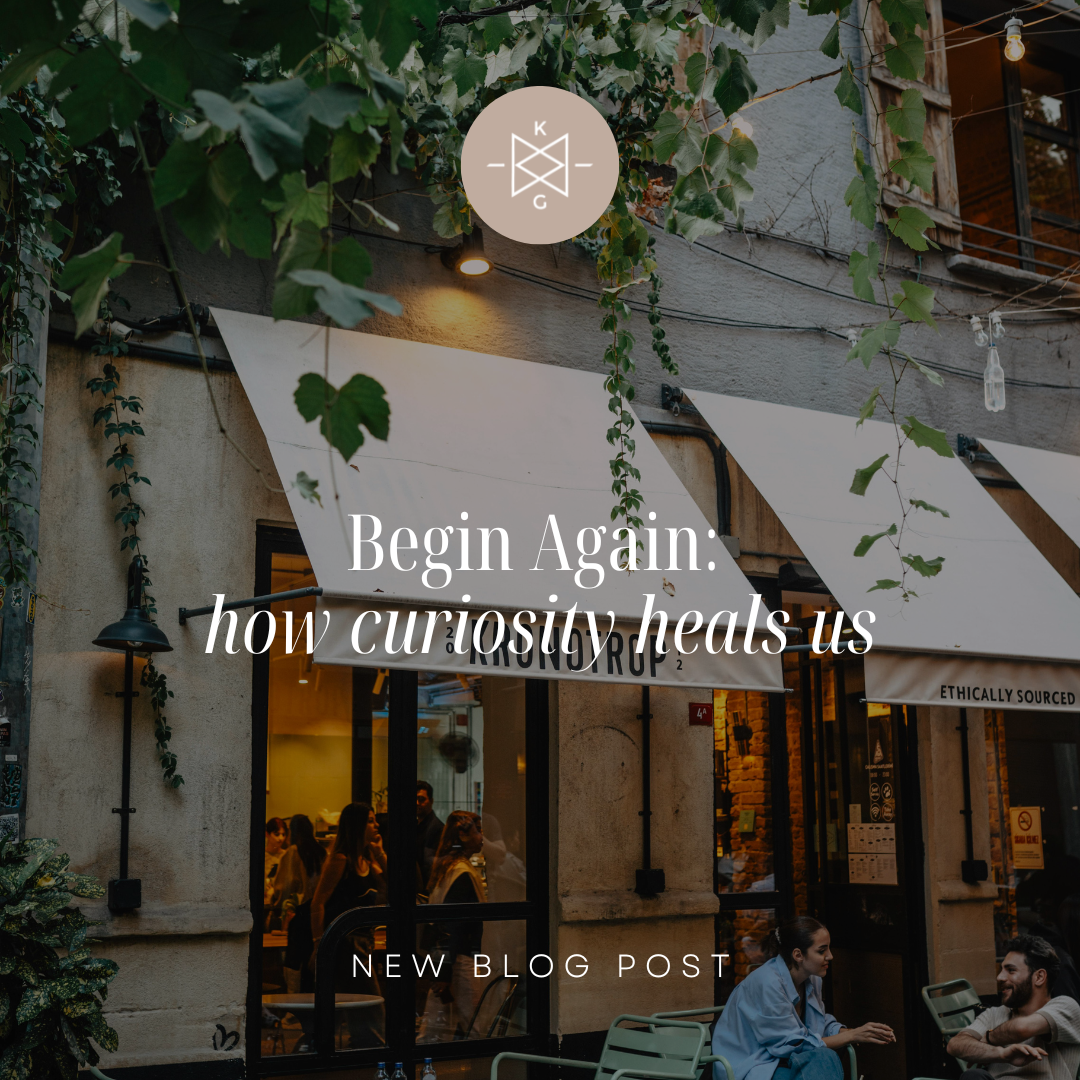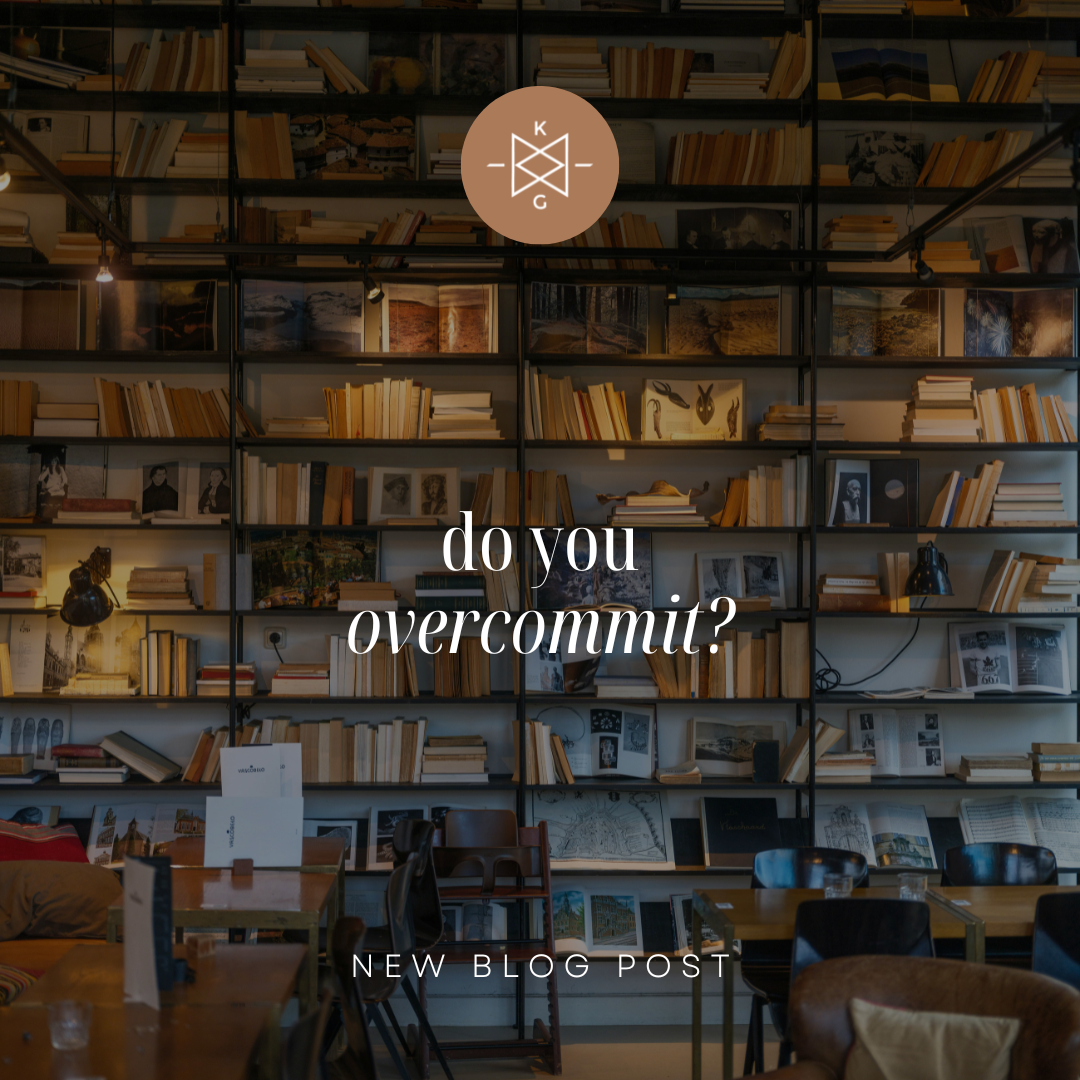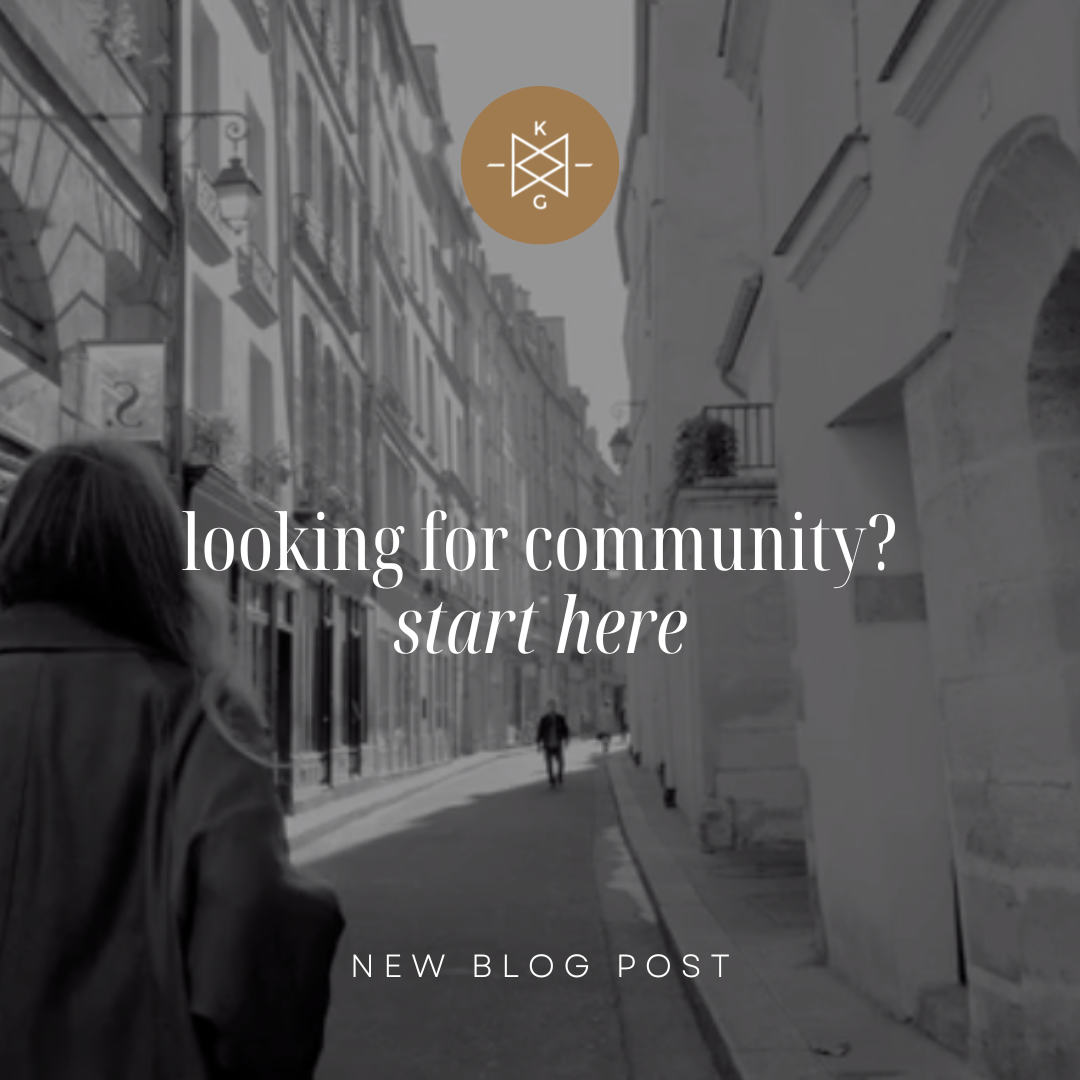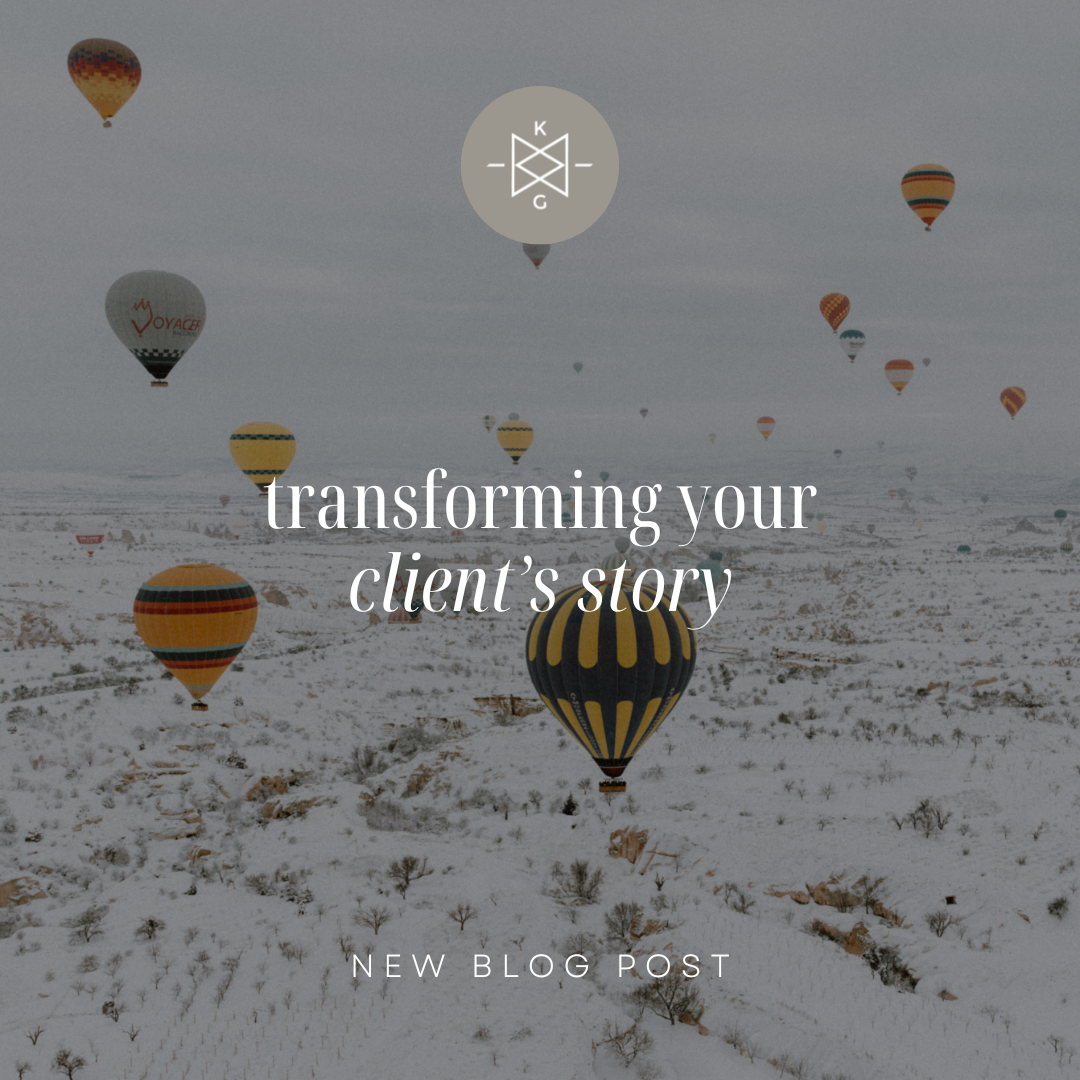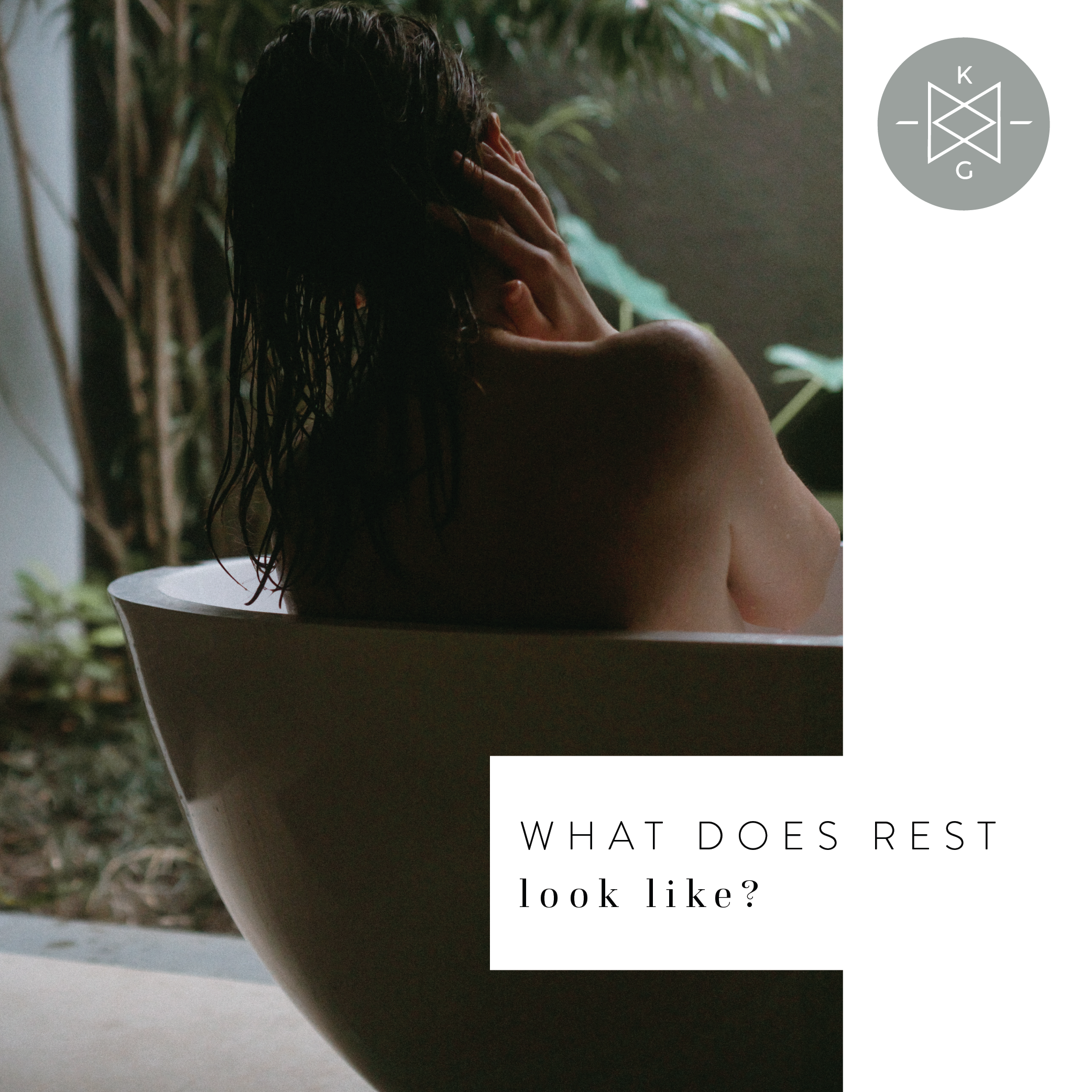
The Blog
Recently Featured
All Blogs
Integrating Somatic Intelligence in Therapy
“Your mind, emotions and body are instruments and the way you align and tune them determines how well you play life.”
- Harbhajan Singh Yogi
One of my favorite things about the Enneagram is its holistic capacity to bring balance and integration to our overall experience. I’ve heard it described as a psycho-spiritual tool, one that provides benefits on a psychological and spiritual plane. It definitely does this. However, if we dismiss the rich insight the Enneagram provides to us on a somatic level, we are missing out on the gifts it can bring to our total embodiment day after day.
You may have heard about the concept of three intelligence centers: body, heart, and mind, frequently taught in enneagram circles. Basically, this proves that we are actually three-brained beings (heart, body, mind) instead of one-brained beings (mind), as has been elevated in our modern western world. Emotional intelligence has made a big splash in the last 50 years or so, yet somatic intelligence has not been as accepted until now. Thankfully, recent scientific studies are finally catching up to this wisdom of the Enneagram by proving we have neural cells not just in our brains, but in the lining of our stomachs and hearts. Crazy, right?
I recently had the opportunity to sit down with Terry Saracino, core faculty member of the Narrative Enneagram (and my teacher…pinch me!) to talk about the somatic approach unique to the Narrative Tradition. Terry is lovely and brilliant and is as passionate today about this system as when she first learned about it in 1989.
She describes this dynamic approach to understanding ourselves through the lens of the Enneagram, and really unpacks this often forgotten intelligence center of the body. Interestingly, our bodies are always in the present moment. Our hearts and minds can be all over the map, future-tripping and stuck in the past, but our bodies ground us in the present moment if we are willing to bring greater awareness to them. Our bodies are the experiencer of our Enneagram type patterns of thought and emotion, so we must lean on them for greater insight and support in our day to day experience.
Many of us are wildly disconnected from this somatic, or kinesthetic wisdom. And one of the trillion things I love about the Enneagram is it’s all about bringing balance and openness where there is imbalance and contraction.
When we do the work of the Enneagram, we discover our personality type and deeper character structure are held into place by our type’s emotional patterns, thought patterns, and somatic profile.
I love getting to work with clients to bring awareness to this unique type-specific picture and begin to relax these often limiting patterns. As we relax those conditioned patterns, we are able to open up to the true, or unconditioned self that has been buried under years of habit and automatic behaviors.
I explain how this works in tandem with the Enneagram and other therapeutic tools in my upcoming webinar, The Experiential Enneagram: A Transformational Approach to Therapy and Coaching. Join me on March 8th at 9:00 am CT. You can register or learn more here.
Transforming Your Client's Story
“When we deny the story, it defines us. When we own the story, we can write a brave new ending.”
– Brené Brown
People often ask me, “What is your process when working with clients?”
To which I typically reply, “We co-author a new story.”
As it relates to transformation, the Enneagram invites us into the powerful and creative work of rewriting our stories.
After all, many of us have been living out of a story that was written somewhere back in early childhood and we wait until some type of crisis or loss to identify that story, hold it up to the light, and ask ourselves if it’s still working for us.
Children are brilliant storytellers. However, they are crappy interpreters!
When little people start to connect the dots of life, somewhere around five or six, they create little stories about themselves and the world around them. Typically, these stories are very black and white, i.e. I didn’t get picked to play with on the playground. There must be something wrong with me.
Over time, we keep connecting the dots of life and tell ourselves stories that somehow keep us safe and secure along the way. These stories create certainty—yet they lack context—and aren’t necessarily true.
So, what do we do as we grow up? We use these stories, or overgrown personalities, to help us show up in the world and be liked, helpful, and successful. So do our clients.
In my experience, most of my clients want to understand why they do the things they do. This is yet another reason the Enneagram delivers. It unpacks the motivation behind the survival strategy, also known as the childhood wound, for each of the nine Enneagram types.
In adulthood, our world looks much different and yet we are still living, albeit unconsciously, out of a story that was written so long ago. Therein lies the rub—we’ve forgotten who that little person is underneath the conditioned self. In fact, we become so identified by the workings of our personality, or ego as it’s often called, we bump up against challenges and discord in our relationships, career, and emotional landscape.
When using the enneagram with clients, we help them identify their dominant enneagram type which unlocks the unique personality story they’ve been living out of a very long time. We help them identify those stories in order to ask, “how’s that working for you?” Most of the time, it’s not. In fact, it’s often working against them.
To foster healing…we must dig deep. We help our clients “sit with the ouchie” as Enneagram teacher Russ Hudson quips. That defining wound from early childhood, in order to uncover the stories of their personality —the “why” behind how they think, feel, and act—we hold it up to the light with compassion and kindness, and we start the editing process.
The Enneagram gives us a vocabulary to do so.
Let me show you how. Join me on March 8, 2024 at 9:00 am CT for an inside look at how to use the Enneagram with your clients. Learn more here.
My Cancer Story: Part Two
“No one can listen to your body for you. To grow and heal, you have to take responsibility for listening to it yourself.”
- Jon Kabat-Zinn
It’s been almost two months since my bi-lateral mastectomy and reconstruction…or partial reconstruction I should say. Both surgeries went great totaling 5.5 hours and that glorious anesthesia I told you about in part 1. However, the recovery isn’t so clean cut…up and down at it’s best. And I’m an Enneagram 4, so that’s saying something.
I’ll admit, I went into these surgeries a bit cocky. Leading up, I would jokingly say to friends who asked how I was feeling about it all, “Oh, I’m good! I mean, it’s not everyday insurance will pay for a boob job!” (Which I’ve never even considered…I’d much rather spend the money on travel, shoes, or art.) With my self-preservation dominant subtype, I tend to walk through suffering with a fairly smooth exterior and a torrential interior. The insides don’t always match the outsides. When faced with a crisis, I go into over-functioning mode with a heaping tablespoon of optimism.
Busyness, family time, work, and exercising have kept me sane. Oh, and antidepressants I’d been prescribed about 8 months earlier for an out-of-left-field anxiety invasion.
Sidenote: I’m a firm believer in natural or alternative interventions such as meditation, movement, self-care, and especially therapy. Yet when all else fails, I’ll take a pill. I’m not precious about this, simply practical. If there is help to be had, I want it.
The anxiety I’d experienced was hormone related. It would surge in my body at random times throughout the day in tidal proportions. Yet, nothing was actually wrong. I wasn’t fearful in my life. After a week of sleepless nights, I reached out to my psychiatric NP and lots of trial and error later, we landed on the right medication. I can fake it through anxiety, but I am a you-know-what-without sleep.
Little did I know that 8 month later, I’d find a lump in my breast that was cancer. The cancer was comprised of these hormone receptors that they test you for in the biopsy. Mine ended up being estrogen and progesterone positive—HER2 negative. Suffice it to say, an apparently hopeful outcome that directs the next steps in recovery. So, it’s all connected, friends. Our bodies and emotions are basically enmeshed.
Am I saying that if you struggle with anxiety you may have cancer?
No.
This part of my story is more about listening to your body and all the intricate things she’s trying to say. I knew deep down that the anxiety I’d experienced was hormonal because it was so physical and not an indicator of anything provoking in me.
Deep down, I listened to the wise words of my weary body. “You’ll be okay. This stuff will pass. All of your hard work and self-care will support this process. Now it’s time to wait.”
It’s like my body was pre-grieving the cancer, the loss, and the change.
Learning to listen to my body over the years is perhaps the most important piece of inner work I’ll ever do. When I found that lump, I listened to my body say, “this is serious,” yet I waited three months to get into the Breast Specialist to have it biopsied. Thankfully, it was still early on, stage 1, when I was diagnosed, however I cringe to imagine a different turn of events had it not been detectable to the touch.
Which brings me to the most disconcerting piece of the story. I had a mammogram in September of 2020. It didn’t detect the cancer. I had another ordered by my OB, more of a diagnostic one. It also didn’t detect the cancer. Did you just lose your jaw? You’re not alone. I burned with hot shock and awe after learning of this. Thankfully, the diagnostic ultrasound clearly identified it.
If you’re reading this asking yourself, “Isn’t that why we get mammograms? To check for disease, most commonly, cancer?” An appropriate question. And apparently there are exceptions to the rule.
We must stay connected to our bodies and in doing so, listen to what she is saying at all times. A mammogram is only the first line of defense. We are tasked with the lifelong assignment to advocate for ourselves and our bodies at every turn. The healthcare system is limited and simply can’t do our work for us. So ask lots of questions and do self-exams regularly.
My PSA to you: If you have a family history of breast cancer (especially on both sides like myself) or find any lump-like mass, big or small, go get a mammogram and ask for an ultrasound. I’d also recommend taking the genetic test that detects gene mutations that make you more prone to developing cancer later in life.
Bottom line: You are your most valuable advocate. Your body will not lie to you.
The first two weeks post-op were brutal. Since the plastic surgeon wasn’t able to go direct-to-implant which he’d initially planned on doing, he put these clunky expanders below the skin and muscle of my chest. I felt like I had a wooden bookshelf lodged inside. It made sleep and movement of any kind painful and awkward. They also put these grenade-like drains inside that collected blood and fluid from the surgery site. I couldn’t bare to look at my body. When I did, I saw a foreign form—concentration camp-like—staring back at me. It was as if part of my femininity had died.
I vacillated between Percocet, Advil, and Tylenol for the pain. Sleep was impossible. And worst of all, I couldn’t pick up my 20-month-old son for a month or more.
There was plenty of silver lining: I felt beyond loved, supported, and encouraged by an outpouring from my family, friends and community with well-wishes, prayers, meals, and texts. This flood of kindness carried me through those first two-weeks and beyond. Thank you, again from the deepest part of my heart. To my husband, Daniel, you are a picture of loving-kindness, commitment in the tough times, and a servant’s heart. I’ve seen you selflessly shine in the most beautiful way through it all.
I now know I won’t have to have another surgery like they’d initially thought to graft healthy skin where an eschar, or dying patch of skin had developed...praise the Lord!
I will have to undergo intravenous chemotherapy in a few weeks, though. I’d hoped to avoid it, however I’m apparently at high risk for the cancer to come back later on, even though it was removed. Genetic testing proved I’m not out of the woods yet. I’m not looking forward to this, however I know it’s the right course of action to take. I’m praying the side effects will be minimal.
Once I’ve completed three rounds of chemo, the plastic surgeon will gradually complete the reconstruction and I’ll walk free. The process will take a full year, longer than I’d like, as so many things do in life. I’ve come to appreciate each stage of the process, actively waiting for my body to continue to speak. She’s craving movement, stretching, rest, and kindness at the moment. As a grateful tenant, I’m happy to oblige.
I’m a healthy, active, young (ish), non-smoker. I take pride in my self-care. Because of these things, the recovery beyond that first two weeks was fairly fluid. The story might have had a much different outcome had I not been so committed to this path of self-compassion and care.
This chapter of my life will come to an end.
And yet life will always harbor new pain. We’ll never fully be free from that reality. It’s the suffering, or story we make up about our pain, that’s optional.
Pain grows us up, humbles us down, and gives us new perspective and meaning. That meaning, if we’re willing to tease it out, is the stuff of spiritual transformation.
And so, thank you, Cancer. You’ve been a rigorous and thorough teacher and you’re not done yet. But it is time to get on with the rest of the story…
What Do You Want to Feel More of Today?
“A belief is just a thought I keep thinking.“
- Abraham Hicks
Life is absolutely full of light and dark, good and bad, ups and downs—all kinds of colorful seasons. Something I love about the passage of time is we get to see many of the complex questions of yesterday make a bit more sense in our today.
Oftentimes, our painful past experiences have birthed resilience stories that we get to carry along in our pocket and give away to those in need. It doesn’t mean we’d want to go through those seasons again, yet it sure gives levity and meaning to the wounds.
Over the past several weeks, I’ve had time to reflect on my own journey. Much like yours I imagine, it’s not been a leisurely walk through Central Park. It’s been wrought with heartache, loss, tough lessons, dark nights, and spells of aching loneliness. Yet, I’ve grown to savor the days of lovely normalcy that lend a softer cadence on which to build my dreams.
But how do we get there? To that faraway land with less suffering and more magic?
Good news, you won’t need wings to take you from powerlessness to unhindered possibility…you need belief.
Belief can often feel ephemeral or tough to pin down—a bit like Maria in Sound of Music. I think we overcomplicate it. I like what Abraham Hicks says, “A belief is just a thought I keep thinking.”
Over time, the thoughts we habitually think become deeply ingrained beliefs... so deep they’re automatic. Guess what? Those insular thoughts, practiced over time, predict the way we feel, both physically and emotionally. Our feelings create motivations that directly steer our actions and decisions. You know the rest. Eventually, we wake up and have unconsciously built out a life we either love or resent. I use the word unconsciously because, as I mentioned, this process can be so involuntary and trance-like, we barely even know it’s happening.
The biggest mistake we make as we embark on this journey of self-discovery and growth is to wait for outside circumstances to change before we allow ourselves to feel better. We assume “Once I lose ten pounds” or “get the guy” or “have a million dollars” or whatever (those tend to be the top three contingencies mind you), we will feel a sense of peace and control over our lives.
Spoiler alert: it never works.
The fastest, most failsafe way to reach our desired destination is to start from within. Why? Because this inner sanctum is the prime real estate where desires are birthed and visions built. This sacred space is yours alone, unaffected by things and people.
We build this interior castle brick by brick, choosing our beliefs, or the thoughts we keep thinking, with intention and practice.
What is it you want to create more of in your life? No, I don’t have a magic wand for you to borrow. I have something far more powerful. You do too. It’s the power to shape your life over time, moment by moment. It’s the ability to rewire your life and your mind.
How? Ask yourself this question every morning: What is it I want to feel more of today? Confidence? Love? Security? Freedom?
Once you decide, write down five thoughts to think about that will cultivate this feeling in your life.
Just like anything, we master what we practice. Get ready, because this is where the real magic happens.
Your Emotions Make You Human
“Rest when you’re weary. Refresh and renew yourself, your body, your mind, your spirit.”
- Ralph Marston
A couple of years ago, I decided to try a new experiment. I gave myself permission to live way outside the lines during a two week vacation. This meant if I wanted to sleep in, I’d sleep in. If I wanted to lay by the pool and drink fruity drinks with umbrellas in them, I did. If I wanted to go for a long walk, I’d go. If I wanted to eat french fries and banana bread for lunch, bon appétit. I didn’t work…at all. I let the meditation slide as well as writing and daily exercise and all the things that keep me feeling grounded.
You see, I have a tendency to want to be overly productive, and this idea of rest feels more like a dirty four-letter word than a blessing. Also, I don’t like to sit still very much. I can’t remember the last time I went on vacation for more than one week and there wasn’t some type of work involved. For example, the summer before my experiment, we went to the beach for a week and instead of frolicking in the ocean, I spent nearly three-to-four hours a day writing copy for my website or editing a podcast. I’d take a break to go for a run. Then, I’d sit on the beach with a book for around thirty minutes until I got bored again.
I realize this is not a way to live and there’s not even the faintest whiff of balance baked in. I’m very much working on this, hence the experiment.
Needless to say, my experiment was a failure. I didn’t feel like myself. I felt completely disconnected and discombobulated…all the “dis” words. Don’t judge me.
Also, please believe me, I am over-the-top grateful for that time away...especially now as I look back on it! We had the most fun. Yet, I learned a crucial lesson from my “research" (besides the fact that I’m a work in progress): rest looks different for everyone and doesn’t mean we disconnect from ourselves.
This is important for you and I as we roll into the summer months. Why? Because I strongly believe we can develop the summer blues just as easily as we can the winter ones. The cause isn’t necessarily a lack of vitamin D though; it’s a sneaking and oh-so-subtle disconnection from purpose. I say this a lot, and it’s worth repeating: the opposite of depression isn’t happiness, it’s purpose.
It can be so easy to disconnect from purpose and the structures that promote a sense of grounding when summer rolls around, especially if you work for yourself or have a non-traditional work schedule. School’s out, travel ramps up, and porch hangs abound. It’s a glorious time to connect with friends and family, but it’s also a ripe time to let self-care slide.
With this shift at hand, I have three simple reminders to put in your back pocket as you embrace the lazy days of summer:
Know thy rest
Do your own experiment in order to better understand what you need in terms of rest. This doesn’t mean follow my extreme lead and swing hard in the other direction. For example, I feel most rested when I’m tuned into desire and filling up my creativity tank doing things like exploring new places, cooking for friends, or reading a good book. I get anxious when I watch Netflix in the middle of the day.
Your version may look much different and include periods of totally unplugging and taking catnaps in the afternoon. Neither way is right or wrong. The important thing is to find what you need in order to facilitate renewal in the season you’re in.
Dogs need fences
After about two days of roaming about in the wild and wooly unknown parts of the neighborhood, chances are your dog will miss the safety and consistency of your fenced-in backyard. We, for the most part, are the same. Structure is a good thing and truly helps us stay connected to what we desire deep down, which I believe to be connection and purpose. Sure, we all need to get off the grid at times, yet consistency over time builds emotional resilience, and I have a strong suspicion you are here because you want to experience more of that. I know I do.
Give yourself some grace
In the end, the most important thing you can give yourself (and others) is grace and compassion. More than structure, more than purpose, more than self-care—you name it. Self-compassion and radical acceptance beget the desired outcome much faster than a fear-based need to control. I love this quote:
“Where we think we need more self-discipline, we usually need more self-love.”
- Tara Mohr
I sincerely hope you’re easing into this summer season with equal parts desire and grace…and a heavy dash of amusement.
